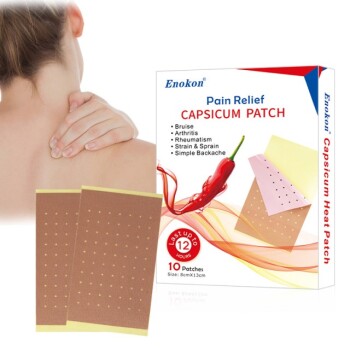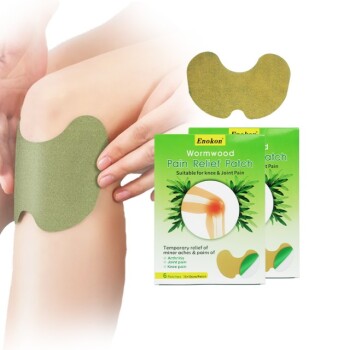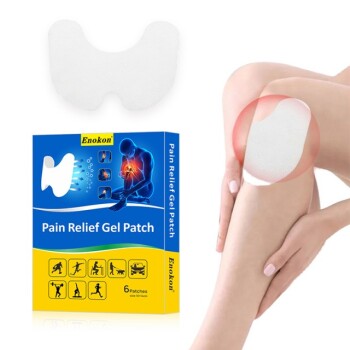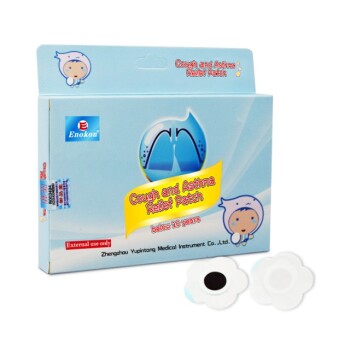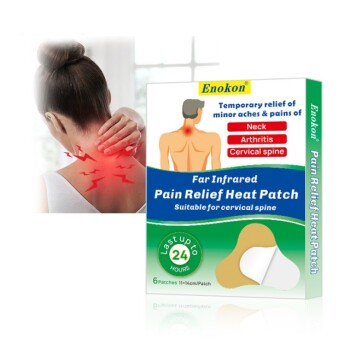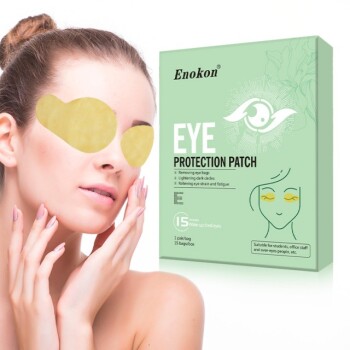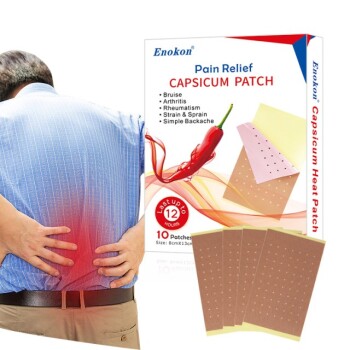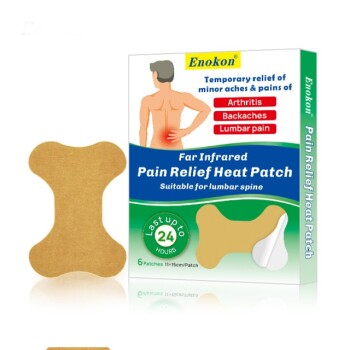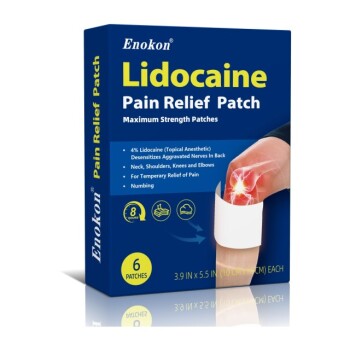Herbal pain patches often utilize natural ingredients known for their analgesic and anti-inflammatory properties. Common components include capsaicin from chili peppers for nerve pain, belladonna for muscle relief, menthol for cooling effects, willow bark as a natural anti-inflammatory, and turmeric to ease joint stiffness. These ingredients work synergistically to target various types of pain through different mechanisms, offering a holistic approach to pain management without synthetic drugs.
Key Points Explained:
-
Capsaicin
- Derived from chili peppers, capsaicin is a potent natural analgesic.
- Mechanism: Depletes substance P (a neurotransmitter for pain signals), reducing pain perception.
- Best for: Nerve pain (e.g., neuropathy, shingles) and muscle tension.
- Example use: Herbal patches for pain relief often combine capsaicin with other ingredients for enhanced effects.
-
Belladonna
- An Ayurvedic plant containing atropine and scopolamine.
- Mechanism: Blocks nerve receptors to alleviate muscle spasms and inflammation.
- Best for: Back pain, joint pain, and muscle cramps.
-
Menthol
- Sourced from mint plants, menthol provides a cooling sensation.
- Mechanism: Activates TRPM8 receptors, numbing the area and distracting from pain.
- Best for: Acute muscle strains and headaches.
-
Willow Bark
- A natural alternative to aspirin (salicin is its active compound).
- Mechanism: Inhibits prostaglandins, reducing inflammation and mild pain.
- Best for: Arthritis and general musculoskeletal discomfort.
-
Turmeric (Curcumin)
- Known for its anti-inflammatory and antioxidant properties.
- Mechanism: Modulates cytokines and enzymes like COX-2, similar to NSAIDs but without side effects.
- Best for: Joint stiffness and chronic inflammatory conditions.
Why These Ingredients?
- Synergy: Combinations (e.g., capsaicin + menthol) target multiple pain pathways.
- Safety: Fewer systemic side effects compared to synthetic drugs like opioids or NSAIDs.
- Accessibility: Derived from widely available plants, making them cost-effective.
Have you considered how these natural compounds might complement your current pain management routine? Their integration into patches allows for localized, sustained relief—quietly revolutionizing holistic care.
Summary Table:
| Ingredient | Source | Mechanism of Action | Best For |
|---|---|---|---|
| Capsaicin | Chili peppers | Depletes substance P (pain signals) | Nerve pain, muscle tension |
| Belladonna | Ayurvedic plant | Blocks nerve receptors | Back pain, muscle cramps |
| Menthol | Mint plants | Activates TRPM8 (cooling/numbing) | Acute strains, headaches |
| Willow Bark | Natural aspirin | Inhibits prostaglandins (inflammation) | Arthritis, musculoskeletal pain |
| Turmeric | Curcumin | Modulates cytokines/COX-2 enzymes | Joint stiffness, chronic inflammation |
Ready to harness the power of natural pain relief? At Enokon, we specialize in bulk manufacturing of high-quality transdermal patches and pain plasters infused with these potent ingredients. Whether you're a healthcare distributor or a wellness brand, our expertise in custom R&D ensures tailored solutions for your pain management needs. Contact us today to develop your ideal herbal pain patch!
Related Products
- Capsaicin Chili Medicated Pain Relief Patches
- Heating Pain Relief Patches for Menstrual Cramps
- Natural Herbal Wormwood Patch Pain Plaster
- Menthol Gel Pain Relief Patch
- Icy Hot Menthol Medicine Pain Relief Patch
People Also Ask
- How do pain relief patches work? Targeted, Long-Lasting Pain Management
- Can the pain relief patch be used with other external analgesic products? Safety Guidelines Explained
- Can children use the pain relief patch? Safety Guidelines for Parents
- Can pregnant women use pain relief patches? Safety & Alternatives Explained
- Are natural and herbal pain relief patches effective and safe? Discover Drug-Free Pain Management
